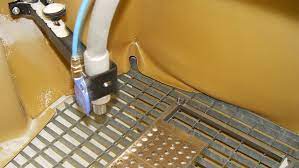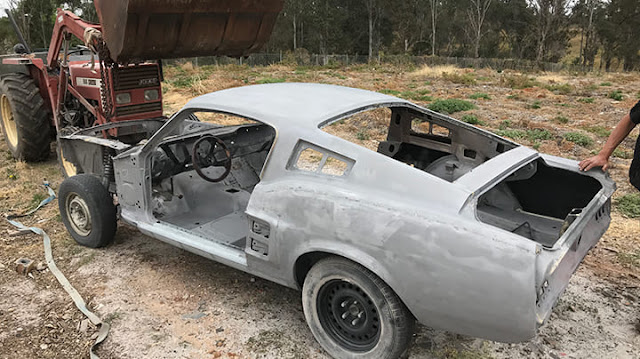The Importance Of Vapour Blasting in Sydney
Vapour blasting, otherwise called wet blasting or fluid sharpening, is quickly turning into the main decision for applications requiring the best of surface completion.
The Benefits of Vapor Blasting
One of the main reasons to utilize vapour blasting Sydney is to utilize an interaction that is delicate on a superficial level
being cleaned. The water goes about as a pad to forestall harm to anything that
surface you're cleaning. It permits you to give a smooth completion without
harming the material under. Therefore, vapour blasting can be utilized on
different surfaces that may not be reasonable for different sorts of blasting.
Another benefit is the way that it's a residue free interaction. The
water holds down the residue that might be eliminated during the interaction,
making it more secure for both the individual finishing the work and the
encompassing surfaces.
The waterworks as a grease to eliminate the paint or different media from
the part. It lessens influence and can degrease and clean simultaneously. The
outcome is a gentler completion and a more drawn out life for the new media
being applied. It additionally keeps rust and soil from being fixed into
gentler materials.
Your organization might profit from vapour blasting in light of the fact
that it requires less investment and cost to set up and follow through with the
task. Wet blasting is protected to use close by different tasks, and that
implies less insurances should be taken and less margin time for the business.
Vapour blasting is additionally more secure in numerous modern settings
since it diminishes the probability of sparkles and the potential for a blast
around combustible gases. The presence of water can take out the electricity
produced via friction in the flashes when the particles are eliminated.
.png)


Comments
Post a Comment